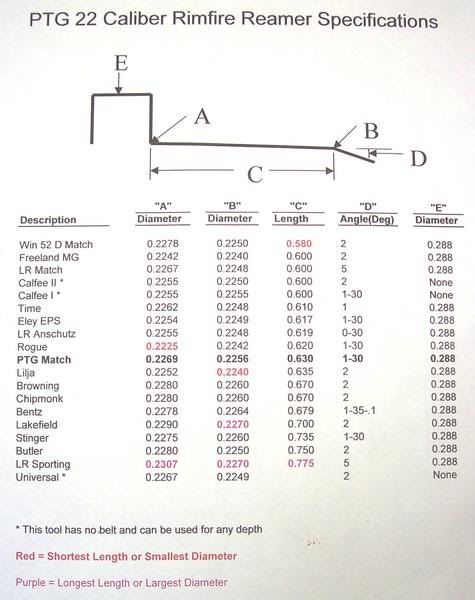M
model14
Guest
I understand how one can ream a centerfire chamber for a tighter neck clearance and then turn the neck of the case to achieve the exact desired clearance (a "match" chamber giving a known neck to chamber wall clearance). This works great because you are reusing the same brass (handloading) that has been neck turned to a specific outside diameter. However, in .22 rimfire, you are not reusing the same brass and it may be a "crapshoot" as to what clearance you are going to get with each new cartridge, so why bother to ream to a custom clearance? Now, having said that, I am picking up on these forums that "match" may mean the chamber is just reamed smaller than the SAMI spec, so there may be cases where a particular brand of rimfire cartridge won't fit or eject. Is that what is meant by a .22 "match" chamber? I guess the higher priced .22 ammo has tighter tolerances on case diameter, thus allowing you to hold a smaller chamber diameter?
Thanks,
Richard
Thanks,
Richard


